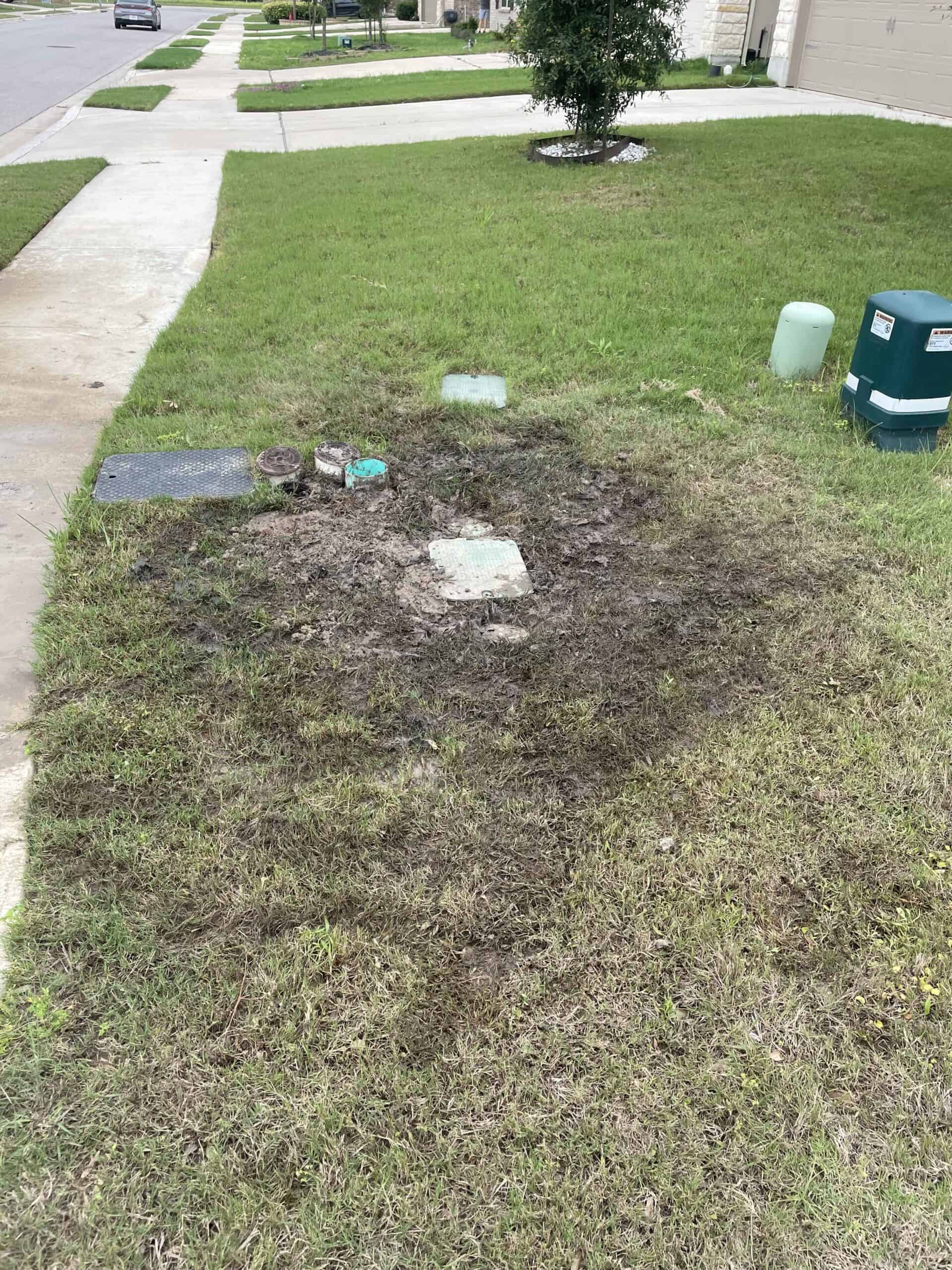Professional 3-Step Approach to Irrigation Repair
 An efficient irrigation system is crucial for sustaining healthy landscapes and thriving crops. However, even the most well-designed systems can encounter issues. Many of those issues require professional repairs to avoid further damage.
Irrigation repair specialists generally take three specific steps when maintaining or fixing watering systems. Let's explore their approach to optimizing functionality and longevity.
An efficient irrigation system is crucial for sustaining healthy landscapes and thriving crops. However, even the most well-designed systems can encounter issues. Many of those issues require professional repairs to avoid further damage.
Irrigation repair specialists generally take three specific steps when maintaining or fixing watering systems. Let's explore their approach to optimizing functionality and longevity.
Step One: Diagnosis and Assessment
A thorough inspection and diagnosis of potential issues and the overall condition of your irrigation system is essential before repairs can commence. This initial step lays the foundation for effective irrigation repairs and prevents future complications. Most professionals will start with a visual inspection, carefully examining each component for signs of damage, where, and malfunction. They might check sprinkler heads, valves, pipes, fittings, wires, and control panels. Experienced experts will also look for visual cues like puddles, soggy areas, or uneven water distribution. Irrigation repair companies also perform pressure tests to identify leaks and obstructions in the pipes and valves. They use sophisticated equipment like pressure gauges and flow meters to assess the system's performance accurately.Precision Irrigation Repair and Replacement
The repair and replacement phase requires a combination of technical expertise, specialized tools, and quality replacement parts. Faulty or damaged components, such as broken sprinkler heads, cracked pipes, or missing valves, must be compatible with the system for efficiency. Addressing leaks promptly is essential for preventing water waste and minimizing damage to your landscape. Professionals use various techniques to repair leaks, including covering the ceiling with waterproof tape or epoxy, replacing damaged sections, or tightening loose fittings.
FACT: Irrigation repair experts can fine-tune valve settings and controller programming to align with the landscape’s watering needs and seasonal changes.
Addressing leaks promptly is essential for preventing water waste and minimizing damage to your landscape. Professionals use various techniques to repair leaks, including covering the ceiling with waterproof tape or epoxy, replacing damaged sections, or tightening loose fittings.
FACT: Irrigation repair experts can fine-tune valve settings and controller programming to align with the landscape’s watering needs and seasonal changes.
